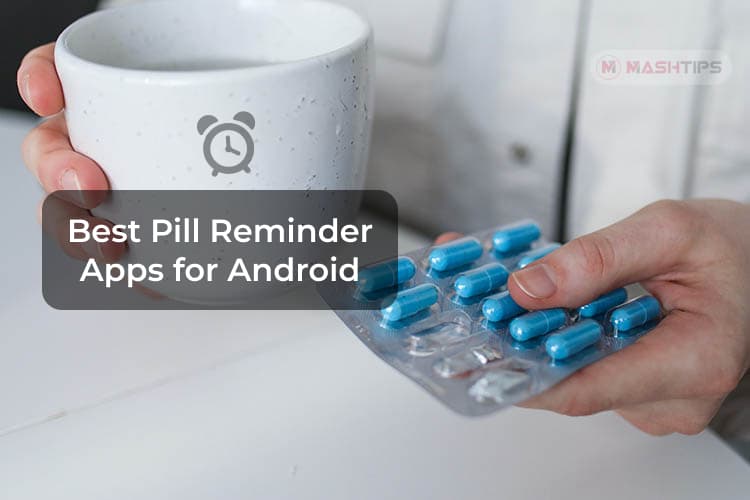

The purpose was to motivate employees to engage in healthier behavior regarding the promotion of PA in the workplace. Participants used 2 different interventions: The experimental group used an mHealth app for PA motivation, and the control group used a paper diary. Of the 220 invited participants (experimental group, n=115 control group, n=105), 84 participated (experimental group, n=56 control group, n=28), consisting of working-age volunteers working in an office setting. The objective of this study was to study the feasibility of a persuasive app aimed at encouraging PA among employees and to understand the motivational aspects behind the implementation of mHealth apps among office workers.Ī 4-week study using a mixed methods (quantitative and qualitative) design was conducted with office-based employees in cities in 4 countries: Oulu, Finland Carlow, Ireland London, United Kingdom and Dhaka, Bangladesh. Studies on behavior change theories have concluded that health apps generally lack the use of theoretical constructs. Currently, there is a gap in mobile health (mHealth) apps to promote physical activity (PA) for workers in the workplace. Physical inactivity has become one of the major barriers to overcoming the risk factors for anxiety, depression, coronary heart disease, certain cancers, and type 2 diabetes. The results of the study demonstrate that the design process of the applications was a successful approach and can be used in future persuasive mHealth applications.Įmployees in an office setting are more likely to remain physically inactive. The feasibility of the applications was assessed by experimental studies with quantitative and qualitative surveys. The design of the applications was performed by an iterative User-centered design (UCD) process. iGO allowed users to promote their PA, and to decide whether to select PA after breakfast or lunch. iCrave allowed users to track their snack cravings and record whether they chose to eat healthily or unhealthily.

Elaborated Intrusion (EI) theory was applied to develop a healthy eating application (iCrave) and self-determination theory (SDT) was used to develop a PA application (iGO). Four VPs were proposed and implemented to enhance the efficacy of the persuasive mHealth application. This study aimed to develop mHealth behavioural change interventions, that is, persuasive mHealth applications based on psychological theories to promote healthy eating and PA in the workplace. On the other hand, value propositions (VPs) might increase the effectiveness of persuasive applications. The major limitation of most existing mobile health (mHealth) applications is that they are not grounded in theoretical concepts. Persuasive applications have been proposed as a promising technique for fostering behavioural change and promoting healthy lifestyles. Technology-enhanced interventions are a possible solution for motivating people towards healthy lifestyle promotion, such as healthy eating and physical activity (PA). This is also the case in workplaces, where the focus on wellbeing at work and changes in personal health behaviours has been raised. Promoting a healthy lifestyle has attracted a significant amount of attention in recent years.


 0 kommentar(er)
0 kommentar(er)
